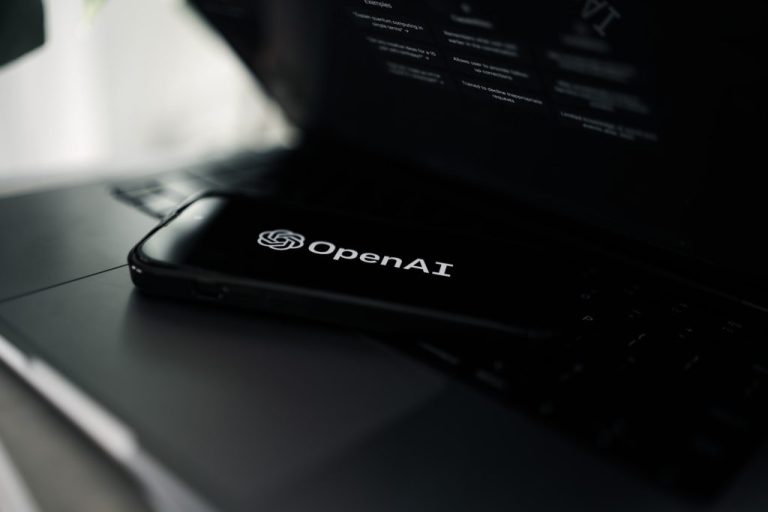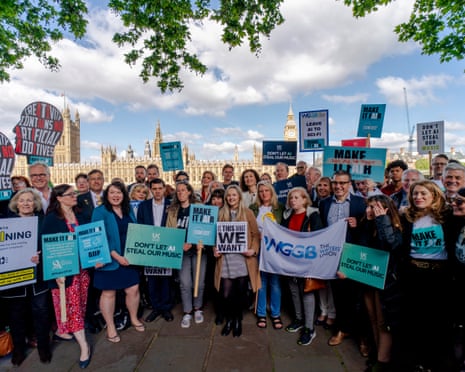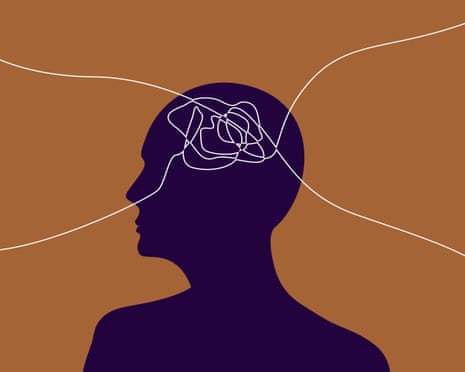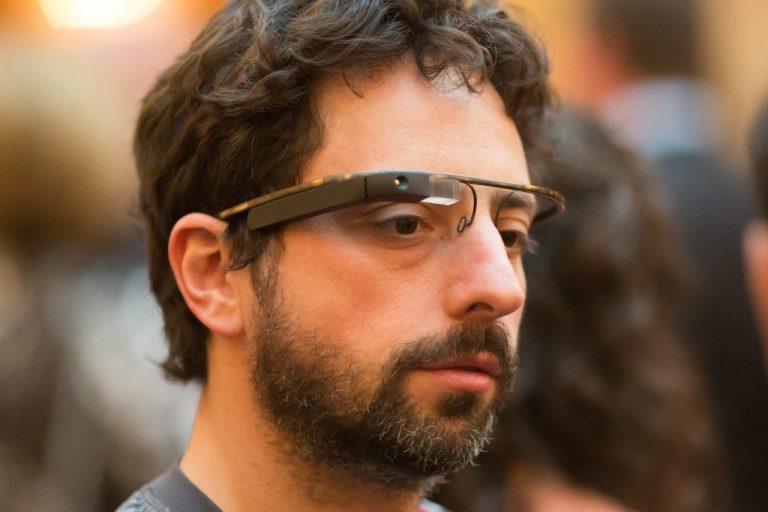AI Cheating Scandal: Shocking Discovery of Thousands of UK University Students Misusing Technology
In recent years, a significant number of university students in the UK have been found misusing ChatGPT and other AI tools, while traditional forms of plagiarism have notably decreased, according to a Guardian investigation. A survey on academic integrity violations uncovered nearly 7,000 verified instances of cheating through AI tools during the 2023-24 academic year, which equates to 5.1 cases per 1,000 students. This marks a rise from 1.6 cases per 1,000 in the previous year. Projections suggest that this figure could increase to approximately 7.5 confirmed cases per 1,000 students for the current year, but experts warn that recorded incidents likely represent just a small fraction of the actual occurrences.
The data underscores a rapidly changing challenge for universities as they seek to adjust assessment methods in light of technologies like ChatGPT and other AI writing tools. In the 2019-20 academic year, before the widespread availability of generative AI, plagiarism comprised nearly two-thirds of all cases of academic misconduct. The shift to online assessments during the pandemic resulted in a spike in plagiarism. However, as AI tools have become more sophisticated and widely accessible, the landscape of academic cheating has transformed. The latest survey indicates that confirmed cases of conventional plagiarism dropped from 19 per 1,000 students to 15.2 in 2023-24, with early numbers suggesting a further decline to around 8.5 per 1,000 this year.
A comprehensive request sent to 155 universities under the Freedom of Information Act aimed to gather data on academic misconduct over the past five years. Of those, 131 universities provided some data, although not all institutions had complete records for each year or misconduct category. Alarmingly, more than 27% of responding universities did not classify AI misuse as a distinct form of misconduct in the 2023-24 academic year, indicating that the sector is still grappling with this issue. Furthermore, many instances of AI-related cheating may remain unnoticed. A survey conducted by the Higher Education Policy Institute in February revealed that 88% of students had utilized AI for their assignments. A separate study by researchers at the University of Reading found that they could submit AI-generated work undetected 94% of the time.
Dr. Peter Scarfe, an associate professor of psychology at the University of Reading, noted that while there have always been avenues for cheating, the rise of AI presents a distinct challenge that the education sector must adapt to. He remarked, “I would imagine those caught represent the tip of the iceberg. AI detection is quite different from traditional plagiarism methods where copied text can be easily verified. In cases where AI usage is suspected, it becomes nearly impossible to prove, irrespective of what an AI detector indicates.” He emphasized the challenge of not wanting to wrongly accuse students while acknowledging AI’s prevalent usage.
Students seeking to cheat using generative AI have abundant online resources. The Guardian identified numerous TikTok videos promoting AI paraphrasing and essay writing tools that assist students in circumventing conventional university AI detectors by “humanizing” ChatGPT-generated text. Dr. Thomas Lancaster, a researcher specializing in academic integrity at Imperial College London, commented that when utilized properly, AI misuse is difficult to identify, but hopes that students continue to learn through this process.
A student named Harvey, who recently completed a business management degree at a northern university, shared that he has used AI for generating ideas, structuring assignments, and suggesting references. He believes most peers use the tool in a similar manner. “ChatGPT came along just as I began my university journey, so it’s always been a part of my experience,” he said. He added that he thinks few students copy AI work verbatim, as most merely use it for brainstorming and developing ideas.
Amelia, who has just finished her first year in a music business program at a university in the south-west, echoed similar sentiments, saying she used AI for summarizing and brainstorming. She noted that these tools are particularly beneficial for students with learning difficulties. “One of my friends employs it to organize her thoughts and structure her points. With dyslexia, she finds it incredibly helpful.”
Peter Kyle, the science and technology secretary, recently mentioned that AI should be employed to enhance opportunities for dyslexic children. Technology companies seem to be specifically targeting students as a significant demographic for AI tools, with Google offering university students a free upgrade to its Gemini tool for 15 months and OpenAI providing discounts for students in the US and Canada.
Dr. Lancaster emphasized that university assessments can sometimes appear meaningless to students, despite educators’ rationale for their design. “We need to help students understand the purpose behind these tasks and engage them in the assessment design process,” he stated. He mentioned that while there are calls for increasing the frequency of exams instead of written assessments, the importance of rote learning and retained knowledge diminishes yearly. It’s essential to concentrate on enhancing skills that AI cannot easily replicate, such as communication and interpersonal skills, while empowering students to engage with emerging technologies effectively.
A government spokesperson mentioned that more than £187 million is being invested in national skills programs and that guidance on AI usage in schools has been published. They stated, “Generative AI holds significant potential to revolutionize education and offers exciting growth opportunities through our plan for change. Nevertheless, incorporating AI into teaching, learning, and assessments will necessitate careful consideration. Universities must figure out how to leverage its benefits while mitigating potential risks to prepare students for future job markets.”







